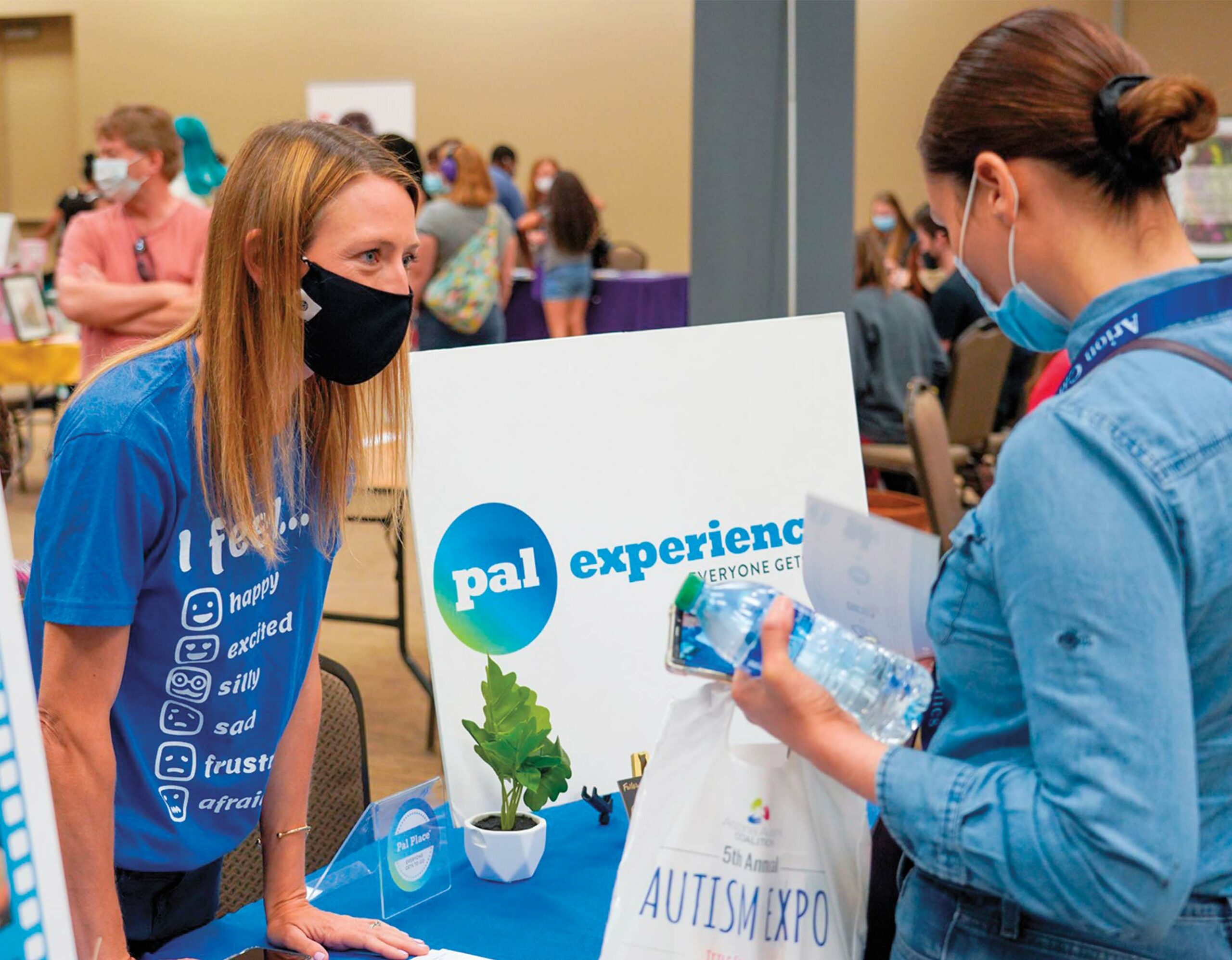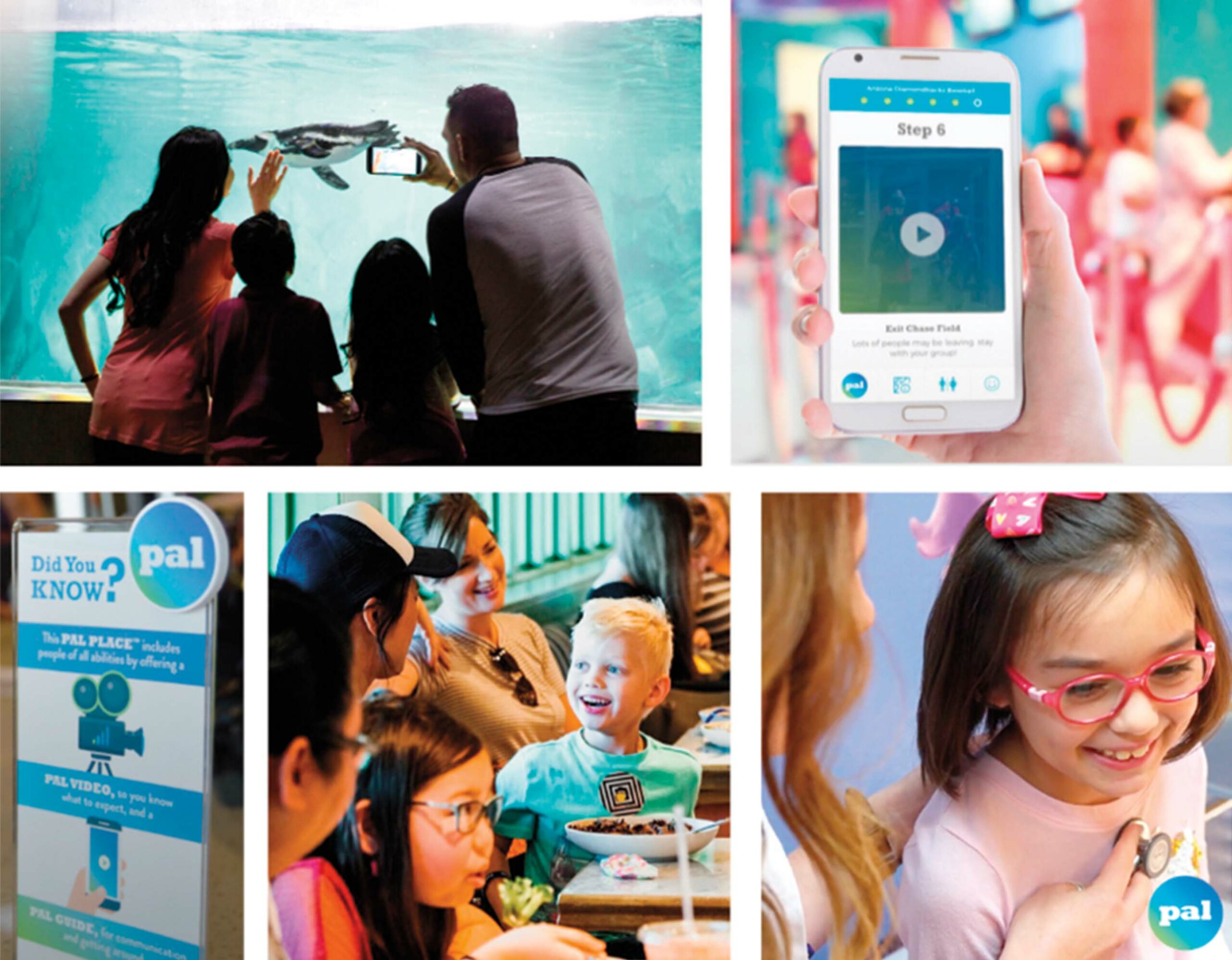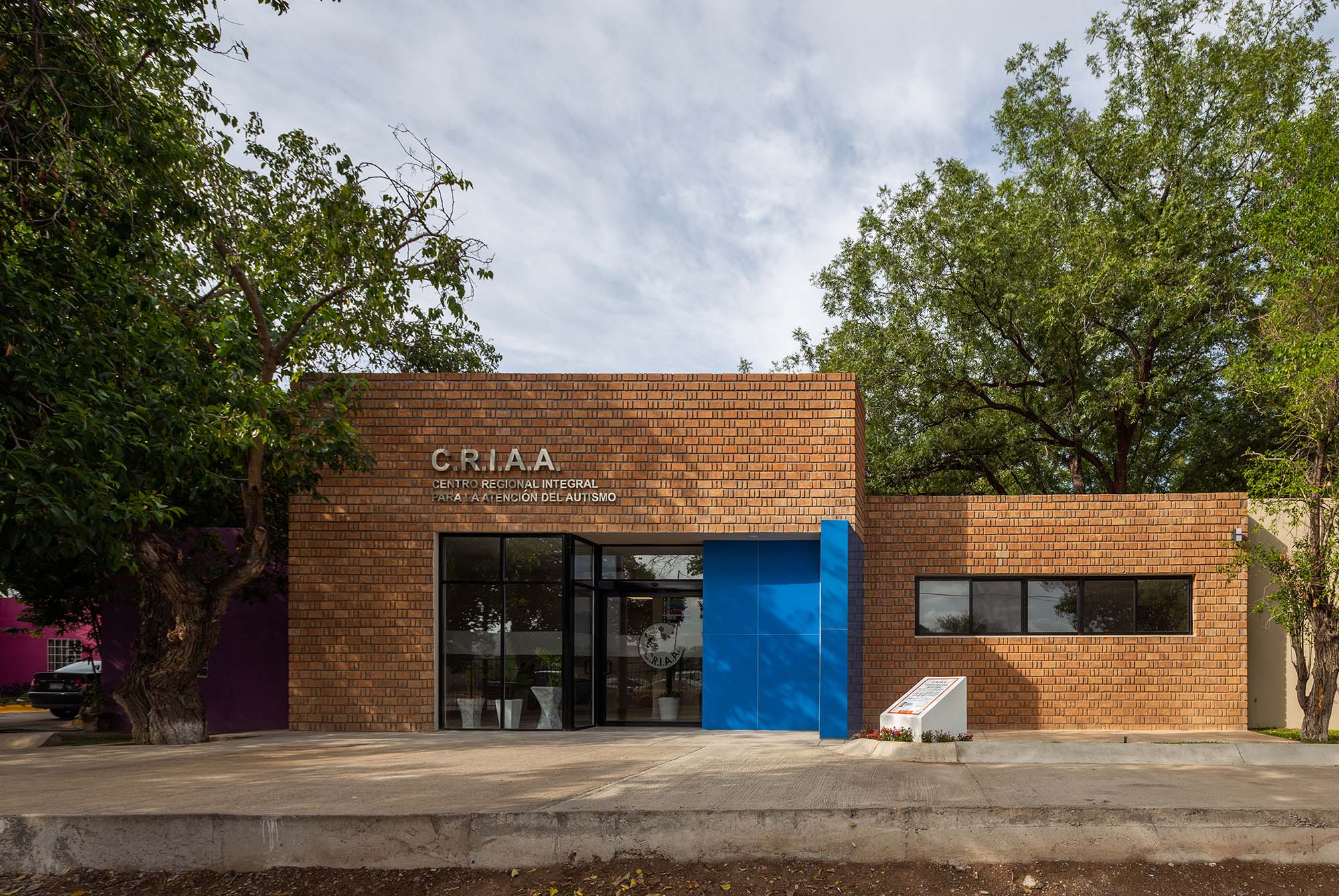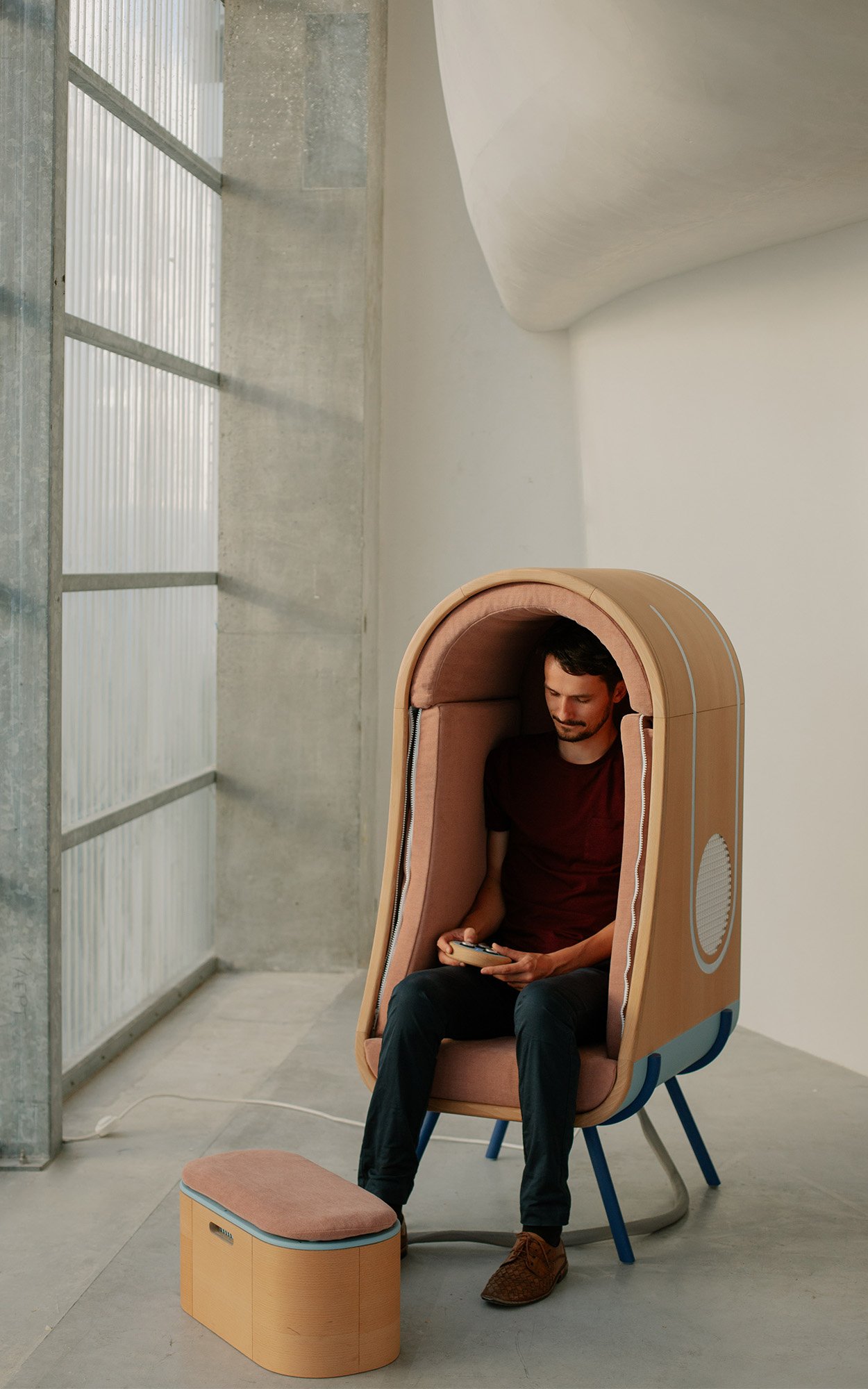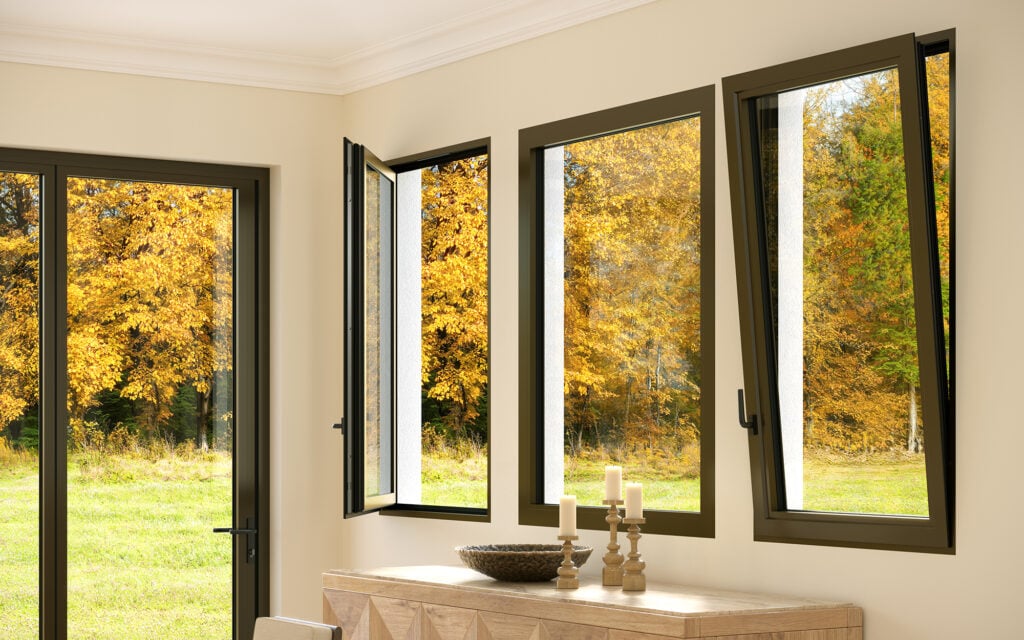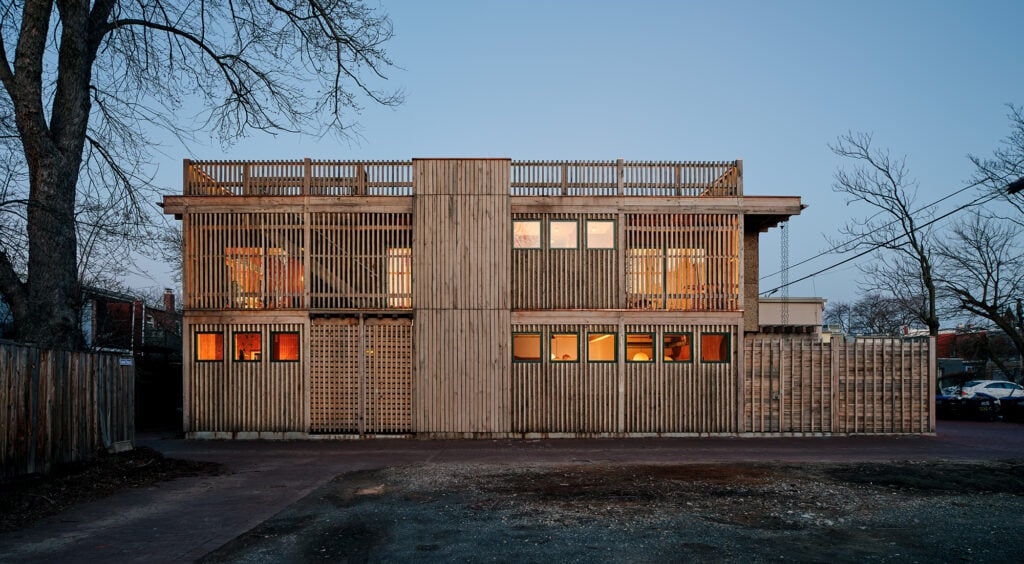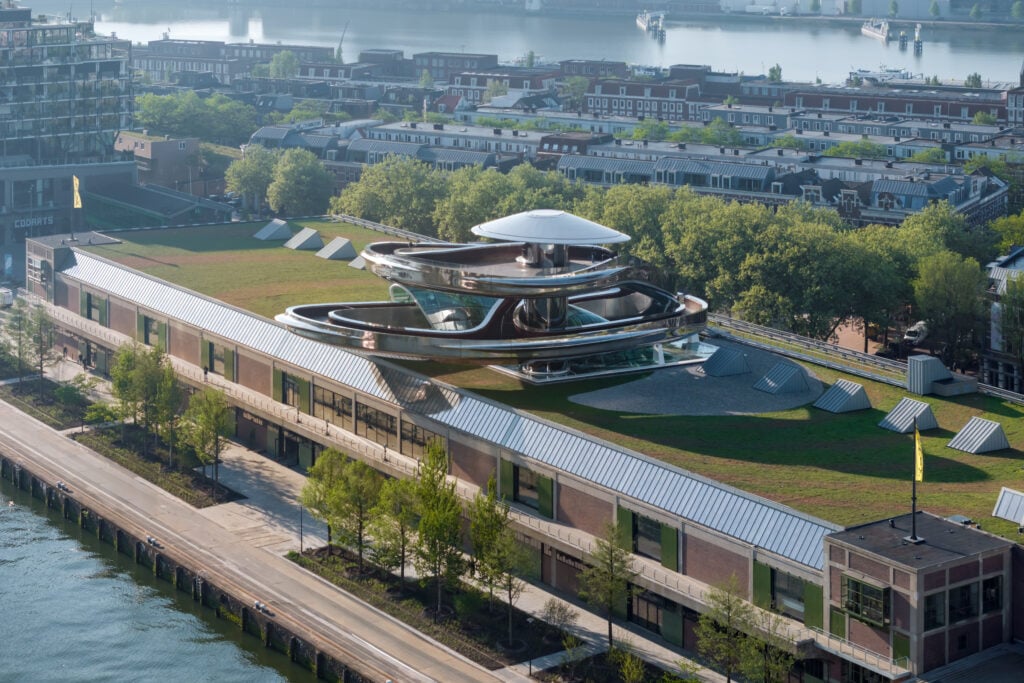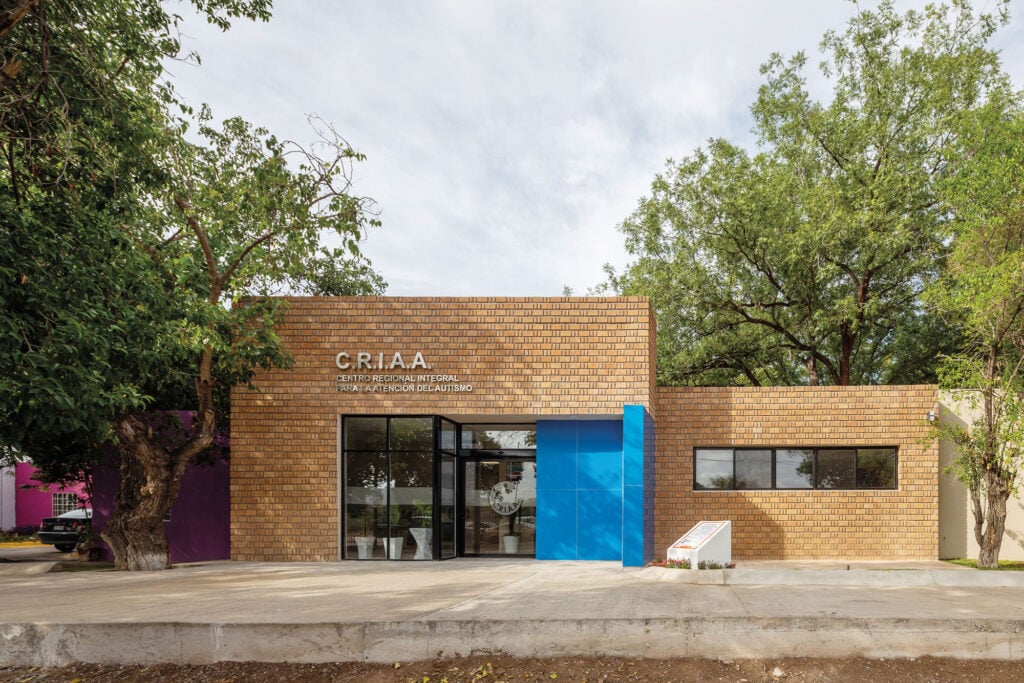
June 2, 2022
Designing for Autism
AJ Paron: Is there a personal story behind why you founded Pal Experiences?
Melanie Isaacs: I actually have a master’s in zoology and I used to work at an aquarium. One day when I was in my uniform a father and son approached me and the dad started asking about sharks. But as we were talking, his son was getting more and more excited—at first he was rocking a little bit, then clapping his hands, and eventually he was jumping up and down. So I turned to him and asked if he’d like to visit the aquarium. And his dad quickly said, “Well, he has autism, so we can’t go.”
That moment changed my life. I didn’t understand what was keeping this family from going to a place they clearly wanted to go, and I started trying to think of the other places they weren’t going to, and then eventually—what could the aquarium be doing about it? “Accessibility” is this massive word that means more than physical accommodations. This family didn’t need a ramp to get to the aquarium, they needed something else.
AJP: What are some of the common barriers that individuals on the spectrum face in terms of gaining access to public spaces like aquariums, airports, etc.?
MI: I think about this quote [from Adelphi University professor Dr. Stephen Shore] all the time: “If you’ve met one person with autism, you’ve met one person with autism.” So we’ve taken this understanding that everyone is completely unique in their strengths and in their challenges, but we’ve boiled it down to three things that families identify as the reason they might stay home: anxiety over new experiences, sensory sensitivities, and challenges with communication. We then turned to evidence-based best practices commonly used in a therapeutic setting and took what we learned from that science and created digital tools customized for communities.
PAL
Pal Experiences is a nonprofit dedicated to creating access and inclusion not just for individuals with autism but also people with ADHD, anxiety, and PTSD. Pal Experiences makes use of digital tools such as videos and guides that help neurodivergent folks know what to expect in various public spaces. The nonprofit has partnered with various businesses across the country to make their spaces more accessible. These Pal Places include an aquarium, urgent care facilities, an airport, sports facilities, and more.
AJP: What are some of those tools?
MI: One of the three things we create [for our website] are Pal videos, which are what we call video social stories—a decades-proven technique of reducing anxiety by showing what to expect. In the videos we always star an individual with disabilities, and that way the viewer can feel empowered by identifying with who they’re watching.
We also have a web page that has “insider tips,” which are powerful tools for addressing sensory sensitivities. So while the video shows all the sensory elements that are going to occur, the insider tips help families plan by providing information on how crowded a space is, noise levels, or where they can locate a quiet space to take a break. Take a sporting event, for example. Going through security can often be challenging, so families can watch this short snippet of someone going through security to gain confidence to do it themselves. Also within the tool we use something called Picture Exchange Communication System (PECS).
AJP: It’s almost like a universal language.
MI: Yes, so PECS is this idea, if you are feeling something and you’re having a hard time verbalizing it, or maybe you can’t verbalize it, you can point to an image. Around 30 percent of people on the autism spectrum are nonverbal, but many more individuals have limited vocabulary if they’re overwhelmed. In our Pal Guides, they’re basically like emojis. The thing is, we all speak with pictures pretty much every day, and doing so is a really [easy] way to open that road of dialogue so more people can be included in the conversation.
AJP: A researcher at Texas Tech, Dr. Angela Bourne, has this theory that it’s important for an individual on the spectrum to be able to preview a space before they walk into it. Why is it important for people on the spectrum to understand what’s happening in a space beforehand to reduce their anxiety?
MI: There have been studies that show 70 percent of families of those on the spectrum are socially isolated. There are many families who are so worried about the uncertainty of what could happen that they just stay in. Think about going to a basketball game. Well, when you get there, it’s not just basketball. First, it’s a huge crowd. Maybe you have to park and walk ten minutes, then you have security, then you’re navigating wayfinding, the popcorn smell hits you, you’ve got people cheering. There is just so much more going on besides the basketball game. And so maybe you get to your seat, then they introduce the players, and they turn all the lights off and shoot fire in the air and it gets so loud, sometimes that means families have to leave because it can just be really frightening and overwhelming. With our videos, the power is in a family knowing that’s going to happen, and then they can make the choice, instead of just being surprised by something.
THE REGIONAL CENTER FOR AUTISM CARE BY URBÁNIKA
Designed by Chihuahua-based architects urbánika and completed in 2021, The Regional Center for Autism Care in Ciudad Camargo, Mexico, provides care for autistic children through therapy and education. The building was designed based on cognitive accessibility indicators established by the Superior Center of La Salle Madrid University Studies that include easy exterior identification of the building, clear entry points, color-coding, and strategic wayfinding, to name a few.
AJP: It’s interesting. In terms of previewing, when my son was diagnosed, we barely had the internet. But when my son got older, he would go online and he would find videos of (amusement park) rides, like people on YouTube, just shooting the video as they’re on the ride, so he knew exactly what to expect at a place like Disney World. It can be really hard for people to understand what sensory processing and sensory integration look like.
MI: That education is such a huge part of our work, because for so many people if you can see something, it’s just easier to digest, like, “Okay, that guest moves differently—let’s put a ramp right there.” If somebody’s internally processing something differently, it is hard to get others to understand how important it is to have tools for that guest as well. It’s easy for us to share our work and for people to say, “That’s so nice.” But this isn’t just a cute thing to do, it’s really important. This is how you are available to everyone, which is the point of you having a place in our community.
AJP: You’re probably familiar with ADA, the Americans with Disabilities Act, and there have been conversations about how we need it to be revamped because it’s not addressing everything it should in terms of inclusion and accessibility. From your standpoint, what things should be addressed by a newer version of ADA?
MI: Yes, so ADA is amazing, but it’s not enough. People with disabilities make up the largest minority group in the world. This is a huge population, and of that population, 70 percent have non-visible disabilities. ADA is really helping folks with physical accommodation. It is doing work for people with different disabilities. But I don’t think there’s enough being done for people with sensory disabilities and developmental disabilities who are experiencing issues with anxiety, sensory stimulation, and communication. One in 44 children in the U.S. now are diagnosed with autism.
AJP: What do you want designers and architects to know that they don’t? What advice can you give them?
MI: I think understanding who’s going to use a space and having that include people who are going to process it a little differently. When you’re starting a project or a design, understand all the different ways that it could be perceived. And maybe that sounds hard, but it’s about education. A site visit, or getting feedback from [the disabled community], talking to families, asking for their opinions on different things, and being sure to get a variety of opinions, because, back to everything we were talking about, people can have different reactions. This is something every business needs to be thinking about. It’s time.
THE OTO CHAIR BY ALEXIA AUDRAIN
French designer Alexia Audrain has developed a “hugging chair” that helps autistic individuals self-soothe when they experience sensory overwhelm. The Oto Chair emulates the feeling of being embraced, providing the user with a deep pressure through its cocooning, inflatable walls that can be controlled via a remote control or tablet.
Would you like to comment on this article? Send your thoughts to: [email protected]
Latest
Products
Windows and Doors for Better Views—and Performance
The latest window and door systems balance sleek design with sustainability and high performance.
Profiles
BLDUS Brings a ‘Farm-to-Shelter’ Approach to American Design
The Washington D.C.–based firm BLDUS is imagining a new American vernacular through natural materials and thoughtful placemaking.
Projects
MAD Architects’ FENIX is the World’s First Art Museum Dedicated to Migration
Located in Rotterdam, FENIX is also the Beijing-based firm’s first European museum project.



